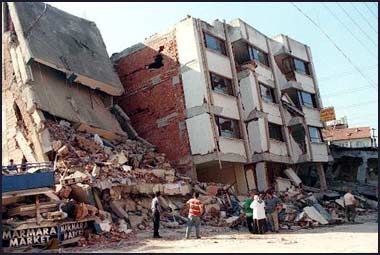







|
|
|
|
96 lives lost in Charleston
and many more are injured by Earthquake!
|
|
It was about 9:50 on the evening of August 31,
1886, that the people of Charleston felt the quiverings of the first earthquake
shock ever known in that part of the country. They had just returned
from worship and not many had gone to sleep. The day had been an
exceedingly hot one and the evening was unusually sultry, with such a profound
stillness in the air that it provoked general remark. The tremor
came lightly with a gentle vibration of the houses as when a cat trots
across the floor; but a very few seconds of this and it began to come in
sharp jolts and shocks which grew momentarily more violent until buildings
were shaken as toys. Frantic with terror, the people rushed from
the houses, and in so doing many lost their lives from falling chimneys
or walls. With one mighty wrench, which did most of the damage,
the shock passed. It had been accompanied by a low, rumbling noise,
unlike anything ever heard before, and its duration was about one minute.
(Account
taken from Museum of the City of San Francisco)
|
| You just read an account of one of
the largest earthquakes ever recorded on the East Coast. It was felt
from Florida to Boston. It happened right here in South Carolina.
Will there be another earthquake of this magnitude during your lifetime?
Can we predict when and where Earthquakes will happen? What can we
do to prepare for Earthquakes? |
| Although this happened in 1886, Earthquakes occur
today around the world. You will have an opportunity to talk with
an Earthquake survivor. Click
here, to get a sense of what it is like living through an earthquake. |
|

